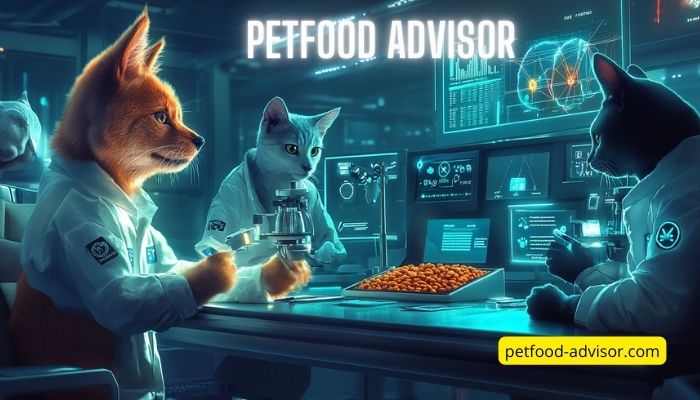
The Limitations of an ABCDE Petfood Score Based on Carbohydrates: Risks for Professionals and Consumers
The ABCDE Petfood Score, 123456, or with stars, a commonly used system for evaluating the quality of pet food, is widely promoted by influencers and Petfood platforms. However, this type of scoring has significant limitations, especially when based solely on carbohydrate content.
These limitations not only affect consumers but also pose considerable risks for professionals in the industry who may associate with an unvalidated scoring system. Moreover, when looking for the official Petfood-Score website, it is important that these different scoring methods are not validated by the authorities or animal nutrition professionals.
The Limitations of Carbohydrate-Based Scoring
Carbohydrate content is often used as a primary criterion in Petfood scoring systems, particularly in ABCDE variants. While this indicator is important for specific animals with particular needs (such as diabetic cats), it is insufficient to provide a comprehensive evaluation of a product’s quality.
1. Carbohydrates: A Partial Criterion
- Overlooks other key nutrients: A focus on carbohydrates ignores essential elements like proteins, fats, fibers, vitamins, and minerals.
- Functional role of carbohydrates: Contrary to popular belief, carbohydrates are not inherently harmful. When balanced correctly, they can serve as a useful and accessible energy source.
- Ignores individual needs: Every animal has unique nutritional requirements that cannot be reduced to an optimal carbohydrate level.
2. Risk of Oversimplification
The ABCDE system often assigns a single overall score to a product, which can obscure important nuances. For example:
- A product with low carbohydrates may contain controversial additives.
- A high-protein product may not be suitable for animals with kidney issues.
The Risks for Professionals: Associating with Unvalidated Scoring Systems
Petfood professionals (manufacturers, veterinarians, breeders, retailers) must be cautious when associating with scoring systems that lack scientific validation.
1. Reputational Risks
- Loss of credibility: Endorsing a score based on arbitrary methodologies can damage your reputation among informed consumers and industry experts.
- Consumer confusion: Users may perceive these scores as guarantees, even when the criteria are unclear or subjective.
2. Origins of Scoring Methods
For over 20 years, scoring systems such as Petfood Score, Petfood Rating, and Petfood Review have been widely disseminated by influencers. These methods are often copied and arbitrarily modified without scientific rigor:
- Influencers without expertise: Most of the people behind these scores lack any formal knowledge of animal nutrition.
- Conspiratorial rhetoric: Some promoters associate their analyses with unfounded and controversial claims, contributing to misinformation.
The Petfood-Score Pacta: A Different Approach
At Petfood Advisor, we propose an alternative with the Petfood-Score Pacta. Unlike traditional systems, our method:
- Does not assign arbitrary ratings: We do not classify pet food with letters or stars but instead provide tools to help consumers verify the reliability of the information.
- Emphasizes transparency: Consumers can explore detailed information about product composition, ingredients, additives, and other nutritional criteria.
- Collaborates with professionals: Our analyses are developed alongside animal nutrition experts to ensure their accuracy and relevance.
Beyond Carbohydrates: A Holistic View of Quality
Health risks for animals are not limited to carbohydrates. Many other factors must be considered when evaluating food quality:
- Additives: Certain preservatives or colorants may be controversial or harmful with prolonged consumption.
- Nutritional ratios: Imbalances in calcium/phosphorus ratios or vitamin intake can have serious health consequences.
- Ingredient origins: Traceability and the quality of raw materials are critical factors.
Our Commitment to Improving Pet Nutrition
At Petfood Advisor, we have two primary goals:
- Collaborating with professionals: We work with manufacturers, veterinarians, and other industry players to develop higher-quality products that meet animals’ real needs.
- Informing consumers: We provide reliable tools and information to help them make informed decisions while avoiding misinformation.
Together, professionals and consumers can improve the health and well-being of all pets through high-quality nutrition and an approach based on transparency and science.
